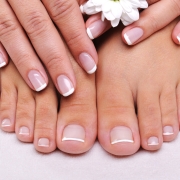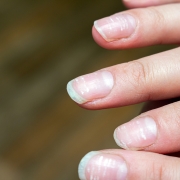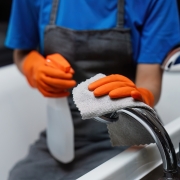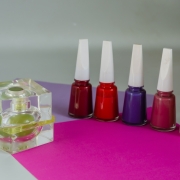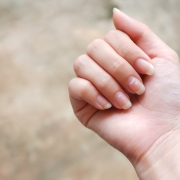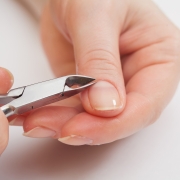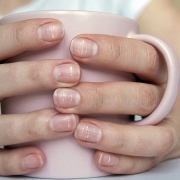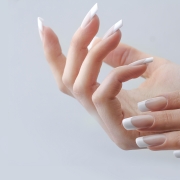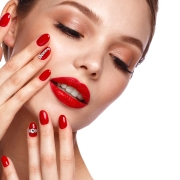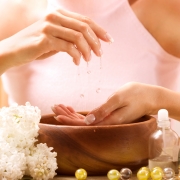Tips for Achieving Healthy and Beautiful Nails
Nails are not just a canvas for fashion; they also reflect our overall health and well-being. Healthy nails are characterized by strength, smooth texture, and a pinkish hue. While genetics play a role in nail health, proper care and maintenance are equally important. By incorporating simple yet effective practices into your nail care routine, you can achieve strong, beautiful nails that complement your overall appearance.
Keep Nails Clean and Dry:
Maintaining clean and dry nails is the first step toward optimal nail health. Regularly wash your hands with a mild soap and gently scrub the nails and cuticles to remove dirt and bacteria. After washing, thoroughly dry your nails to prevent moisture-related issues such as fungal infections and nail brittleness.
Trim and Shape Nails Properly:
Proper nail trimming and shaping can help prevent ingrown nails and promote healthy growth. Use sharp, clean nail clippers to trim nails straight across, then gently round the edges with a nail file. Avoid cutting nails too short or rounding them too much, as this can increase the risk of nail damage and infection.
Moisturize Nails and Cuticles:
Hydrated nails and cuticles are less prone to breakage and splitting. Apply a nourishing nail and cuticle oil or moisturizer regularly to keep them hydrated and supple. Massage the oil or moisturizer into the nails and surrounding skin to improve circulation and promote nail growth.
Protect Nails from Harsh Chemicals:
Exposure to harsh chemicals in household cleaners, nail polish removers, and other beauty products can weaken nails and cause damage over time. Whenever possible, wear gloves to protect your nails from chemical exposure during household chores or when using nail products. Opt for gentle, acetone-free nail polish removers to minimize drying and damage.
Maintain a Balanced Diet:
Nutrition plays a significant role in nail health. Ensure your diet includes a variety of nutrients essential for nail growth and strength, such as protein, biotin, vitamins A, C, and E, and minerals like zinc and iron. Incorporate foods rich in these nutrients, such as lean proteins, fruits, vegetables, nuts, and whole grains, into your daily meals.
Avoid Nail Biting and Picking:
Nail biting and picking not only damage the nails but also increase the risk of infections and inflammation around the nail bed. Break the habit by keeping your nails neatly trimmed and applying a bitter-tasting nail polish to deter biting. Find alternative ways to manage stress or anxiety, such as mindfulness techniques or stress-relieving activities.
Limit Gel and Acrylic Nail Enhancements:
While gel and acrylic nails can enhance the appearance of nails, frequent use can weaken and damage the natural nails underneath. Limit the use of nail enhancements and opt for breathable nail polish formulas whenever possible. Allow your nails to take breaks between treatments to recover and strengthen naturally.
Practice Safe Nail Care:
When visiting nail salons, ensure that proper hygiene and sanitation practices are followed to reduce the risk of infections. Avoid sharing nail tools and opt for single-use or sterilized instruments whenever possible. If you notice any signs of infection or damage, seek professional help from a dermatologist or nail specialist.
Healthy nails not only enhance your appearance but also serve as indicators of your overall health and well-being. By following these simple tips for nail care, you can promote strong, beautiful nails that reflect your commitment to self-care and wellness. Remember to be patient and consistent with your nail care routine, as healthy nails are a result of ongoing maintenance and attention. With proper care and attention, you can enjoy nails that look and feel their best, boosting your confidence and overall sense of well-being.



